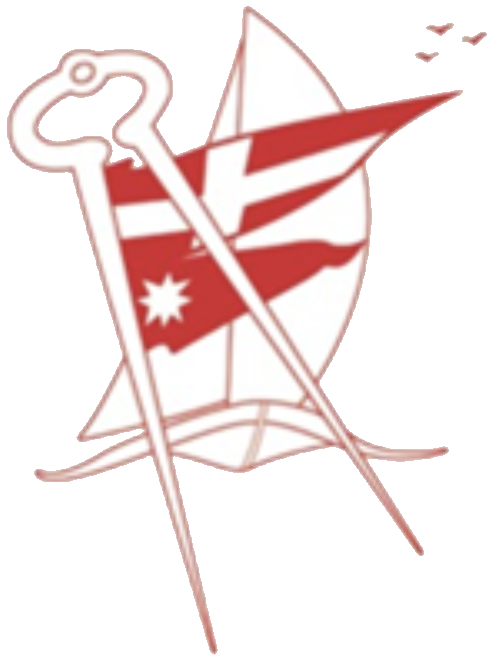by Jeremy Clark, S/V Kai Rani
The Plimsoll Mark is painted on the side of British Merchant Ships to indicate the draught levels to which a ship may be loaded under various conditions
The Plimsoll Mark shows six loading levels, those for:
- TF – tropical fresh water;
- F – freshwater;
- T – tropical sea water;
- S – summer sea water;
- W – winter;
- WNA – North Atlantic for vessels under 100metres in length winter
This mark is accompanied by another consisting of a circle bisected by a horizontal line with letters that indicate the registration society. In Britain, these are normally LR indicating Lloyd Register.
The horizontal line on the registration mark indicated the summer freeboard and so is the level marked S on the Plimsoll Line

Samuel Plimsoll (1824-98)
Samuel Plimsoll was a politician, who gave his name to the Plimsoll Mark
Early in life, he was reduced to destitution, which introduced him to the wretched conditions of the poor. He was especially interested in coffin ships. These were unseaworthy and overloaded vessels, which were heavily insured by their owners. Sending them to sea in this condition, risked the lives of their crews, but there was no law to stop ship owners from making money this way.
Samuel Plimsoll entered Parliament in 1868 and tried to get a bill passed on this subject. His first attempt failed, and he wrote a small book called “Our Seamen”. It aroused so much interest, that in 1873 Parliament appointed a Royal Commission to consider the matter.
After much argument, the merchant Shipping Act was finally passed in 1876. The Board of Trade was given strict powers of inspection and required a mark to be painted on the ship’s side to indicate the depth beyond which she might not be loaded.
This mark has always been known as the Plimsoll Mark
Source: Low Head Pilot Station Museum Tasmania

Recent Comments